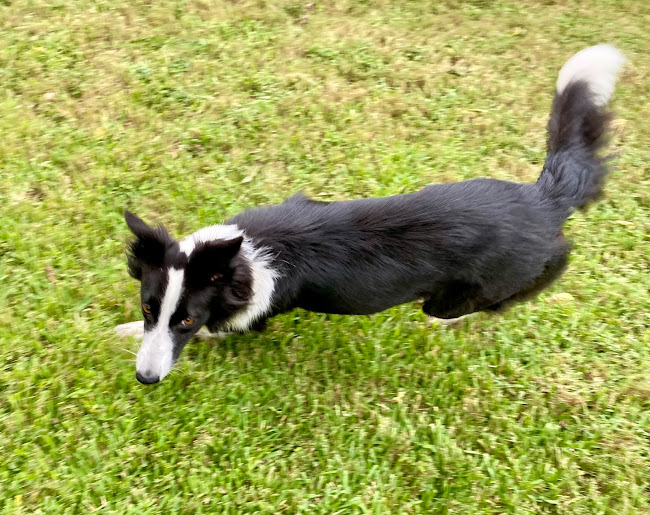All kidding aside, I'm so grateful for all the excellent footing options at Twinwood while Rijkens is recovering from a bruise in his foot. We have about a mile of groomed race track, and several acres of groomed sand footing outdoor space, and dozens of acres of soft turf on which to saddle walk.
I contacted Adrienne Lyle this weekend and told her about mine and Rijkens' situation-- so similar to hers and Wizard's last year. Adrienne graciously took time to inbox me while busy competing at this weekend's Adequan Global Dressage Festival CDI5* in Wellington Florida. She and her horse Wizard went through the same scenario of recovering from a coffin bone bruise last year.
Adrienne shared this wise advice:
"The good news is that it should heal 100% and not be a reoccurring issue, as long as you give it ample time to heal."
"I think tack walking is a good idea. It keeps them a little fit and it also keeps them mentally sane. And as long as you stay at the walk, you can do a lot of work just doing collected walk, medium walk, work on halts etc. No lateral stuff and I wouldn't make him walk so big or fast he puts undo stress on the coffin bone. Obviously, make sure the footing is good and not too hard. With Wizard we gave him 4 months of tack walking twice a day. He has been fine ever since coming back, so I'm sure you will be in good shape too. It just takes time."
"Best of luck!" Adrienne told me. And right back at her and Wizard!
So it is with great gusto and happiness that we watched Adrienne Lyle and Wizard claim back to back victories in the CDI5* Grand Prix arena this weekend, winning the class with a more than six point margin. Doing the right thing by your horse proves successful once again.
To Adrienne's good advice I'll add another pearl of wisdom I learned from trainer Lurena Bell. When I asked Lurena previously if trail riding is indeed a good idea for dressage horses, she said "Yes" but with this caveat:
"As long as they're marching with their ears lower than their withers, and not allowed to strain their necks upward like a llama gawking at everything in site. Keep their neck low and their walk marching."
Our 90 days of saddle walking has begun.
Treasuring the small yet meaningful moments between six minute bouts in front of a judge,
Ri and I were both unaware we were being photographed during this amicable moment:




